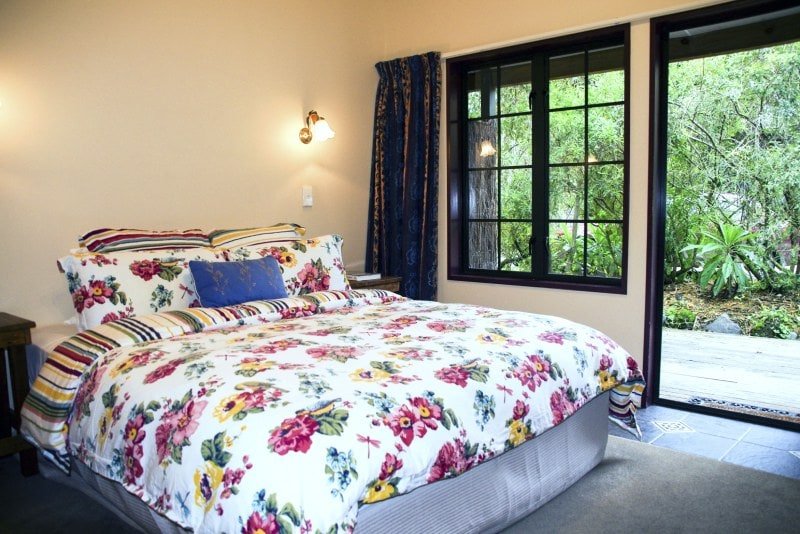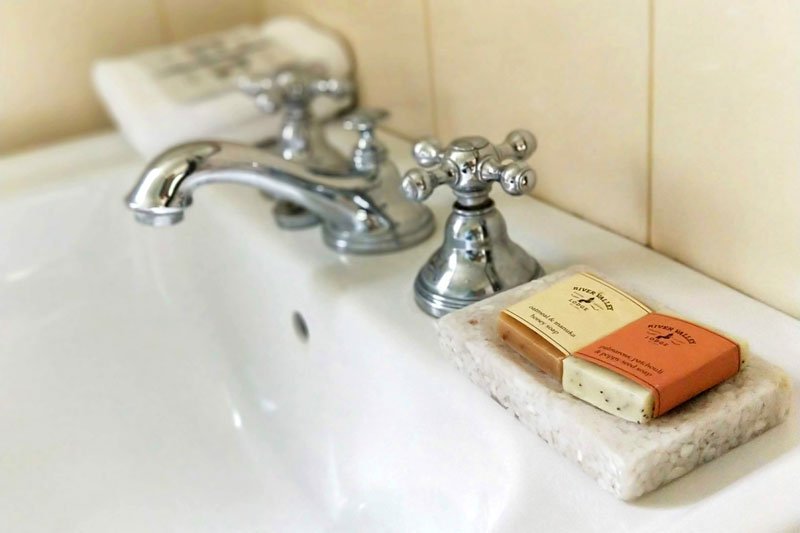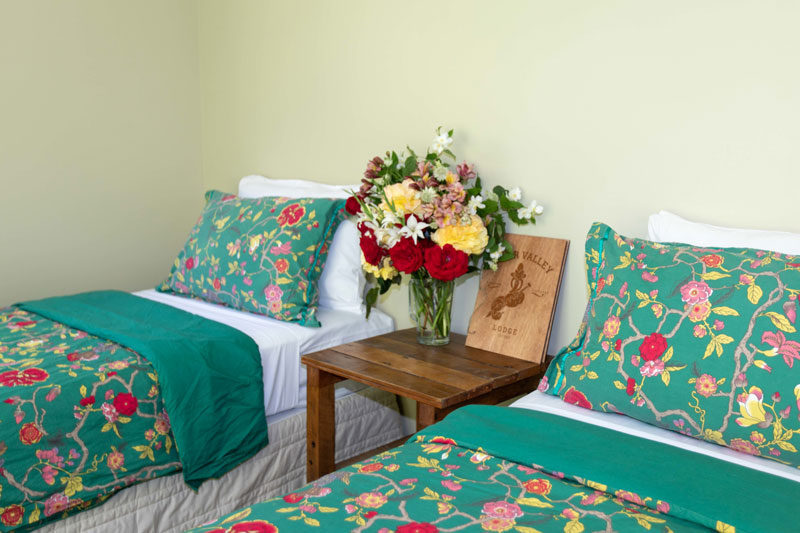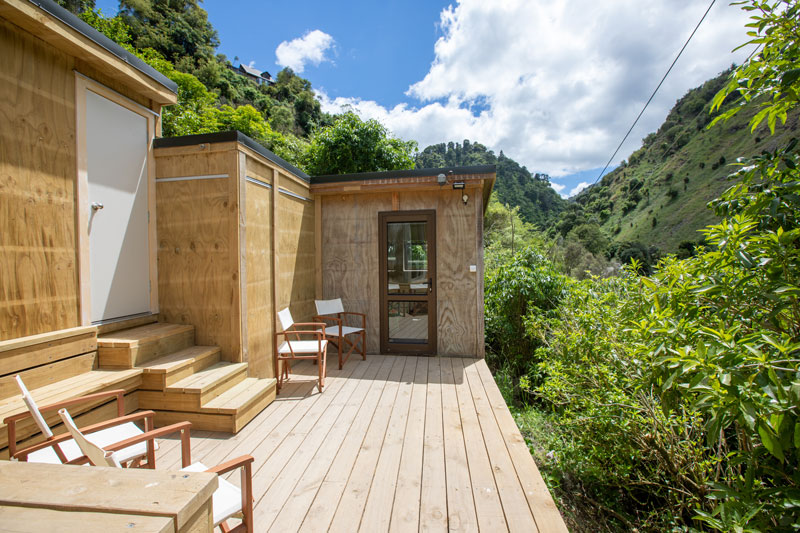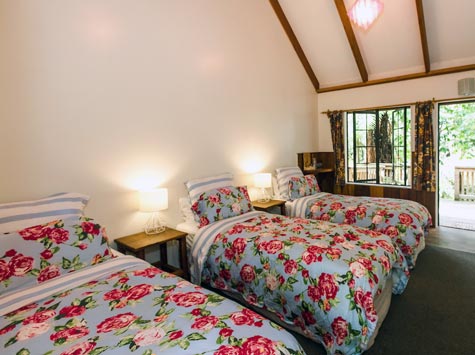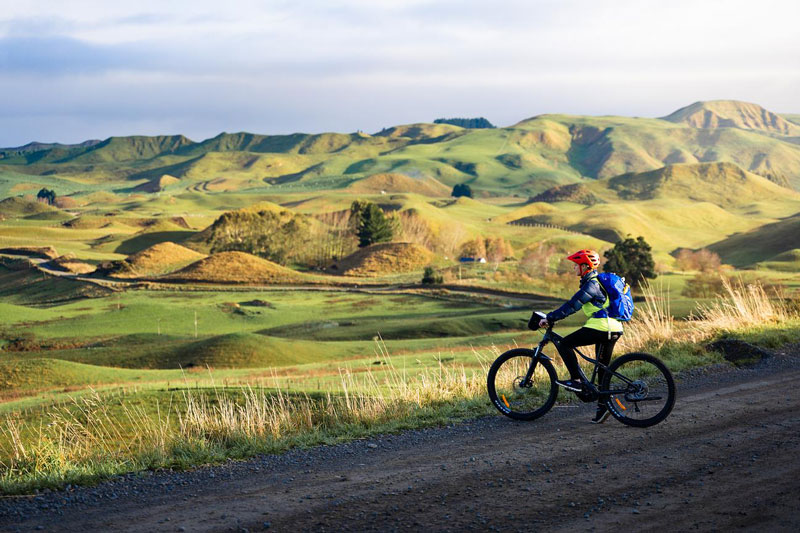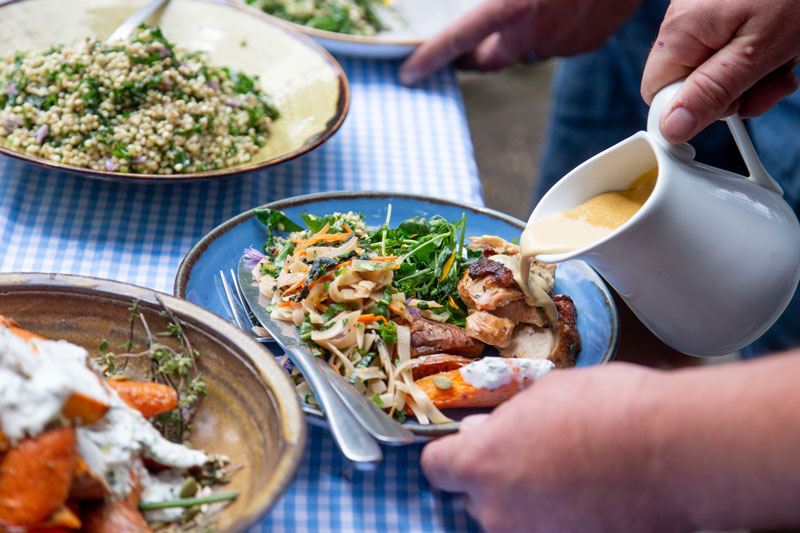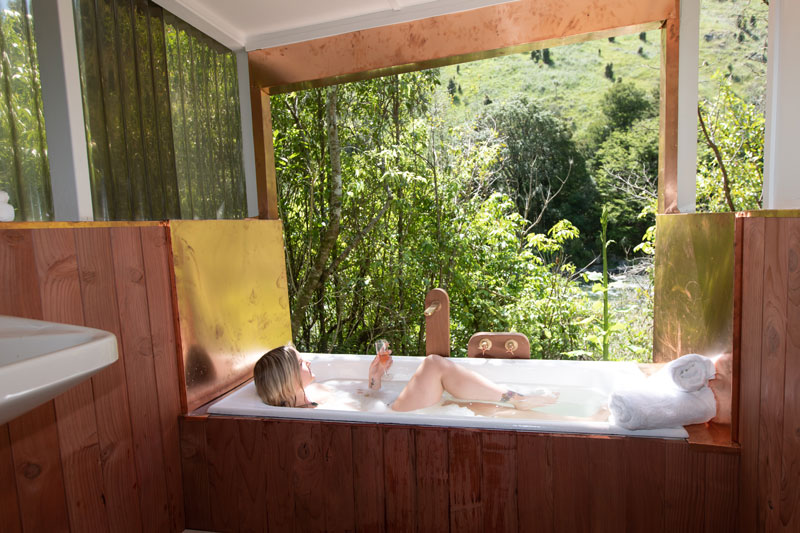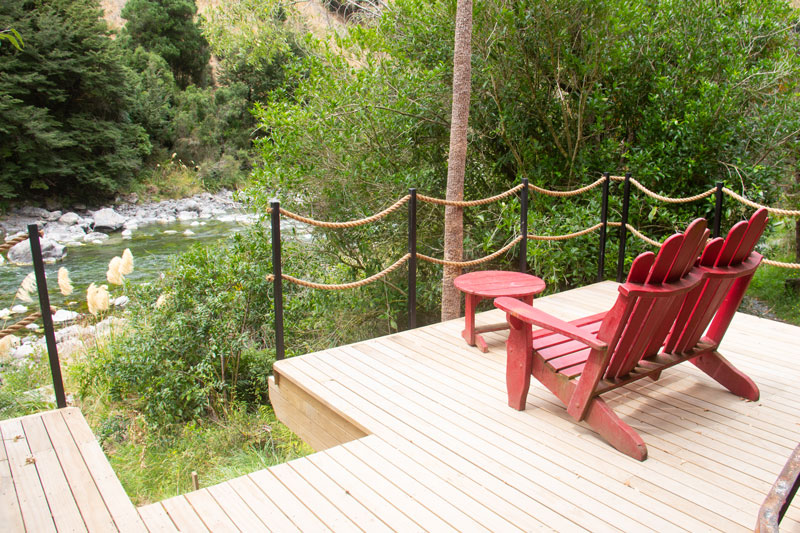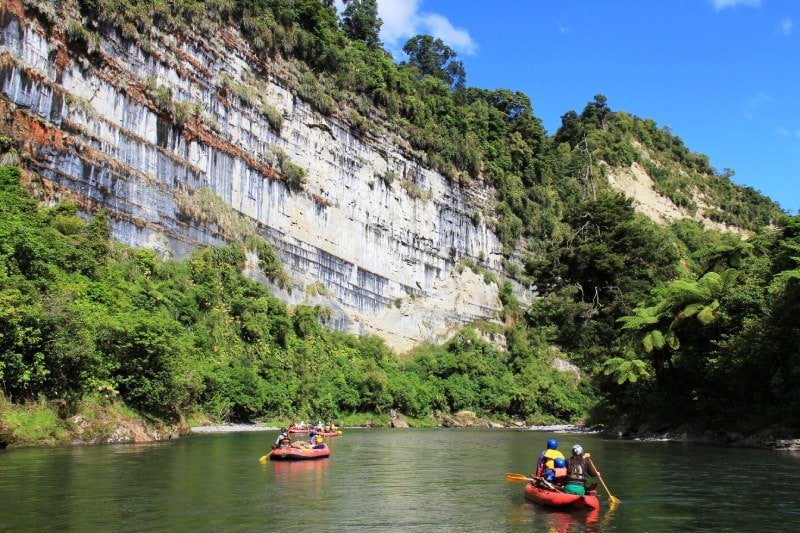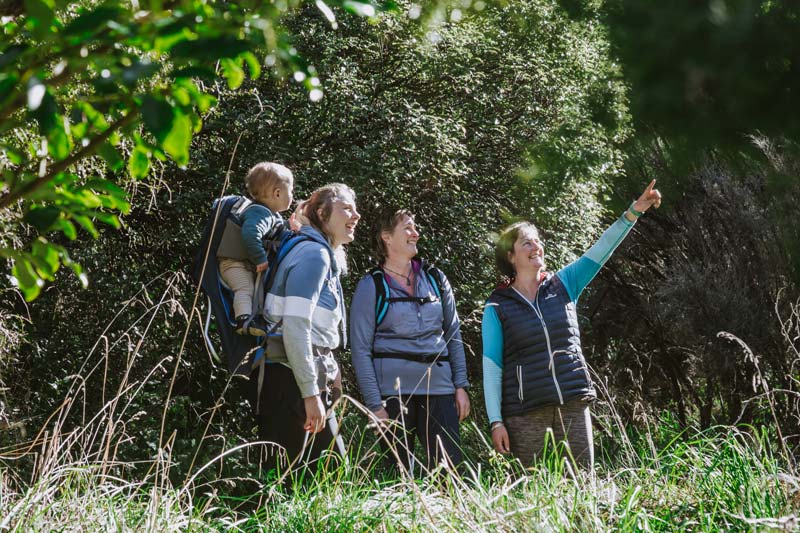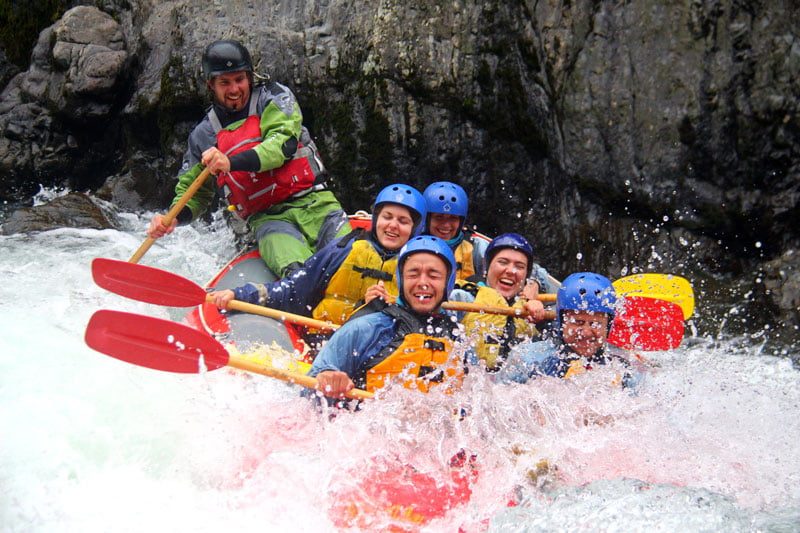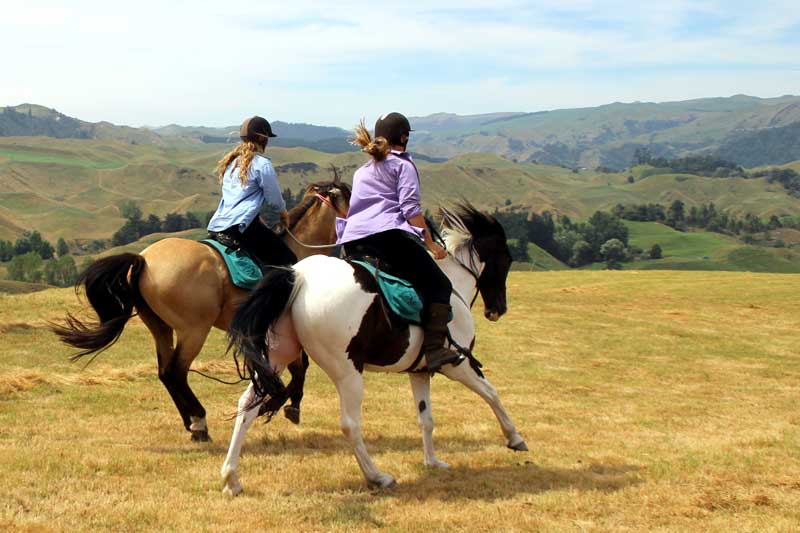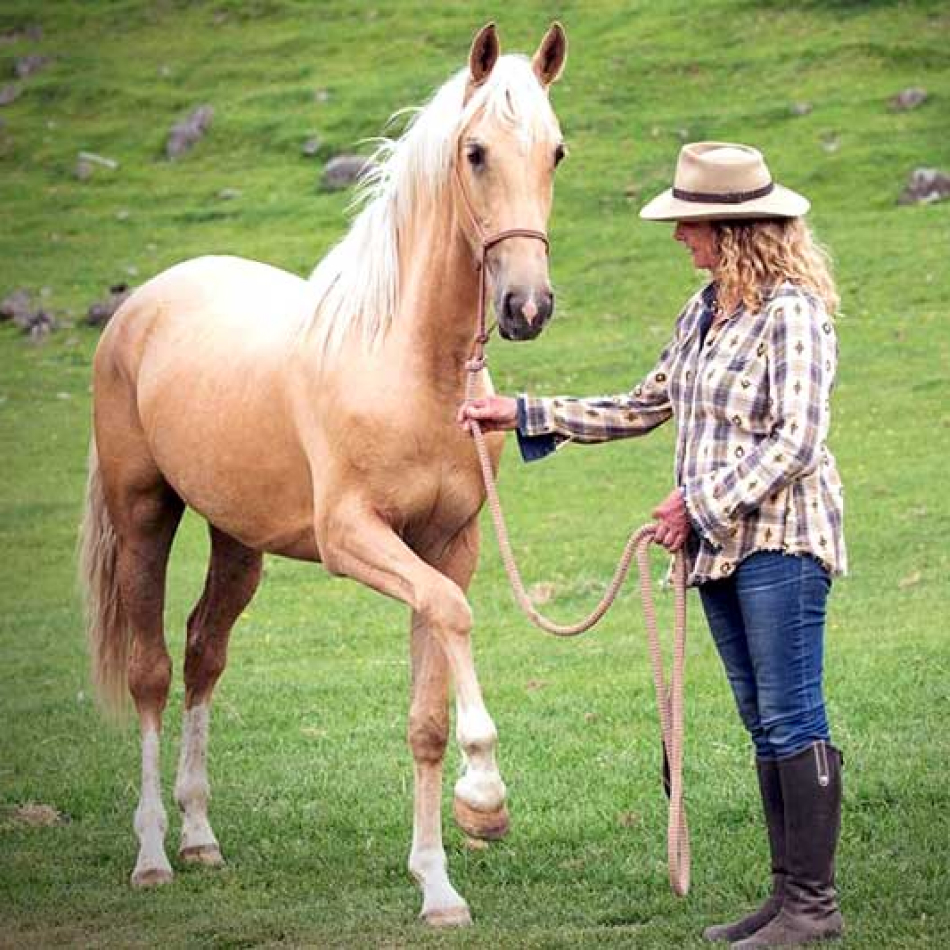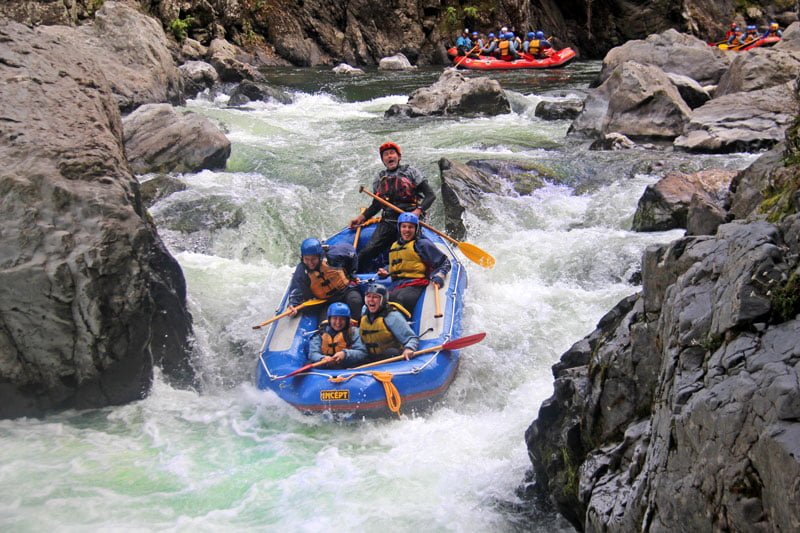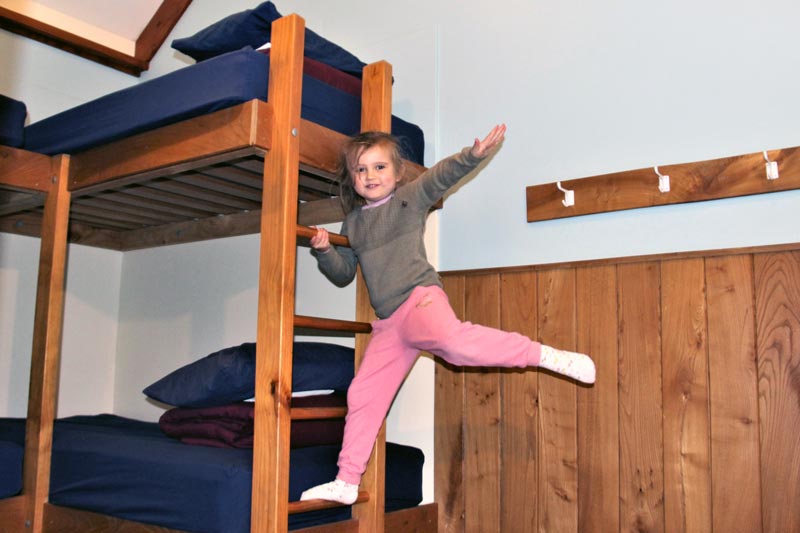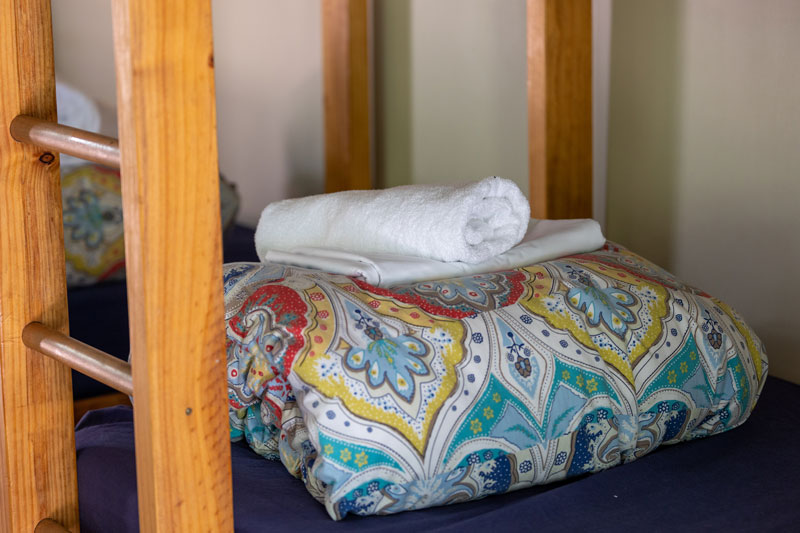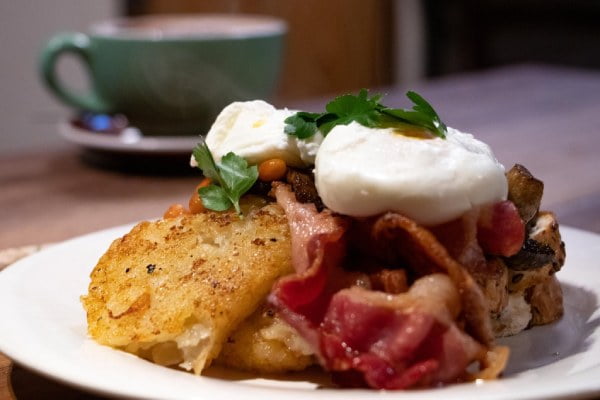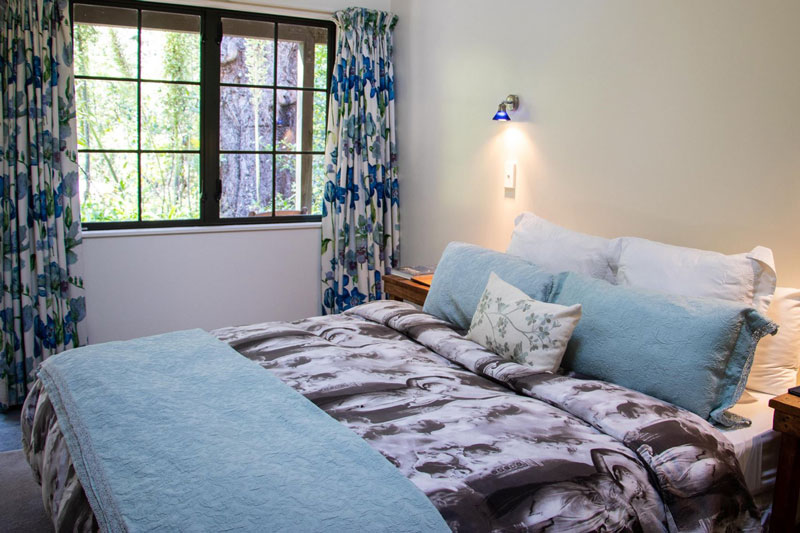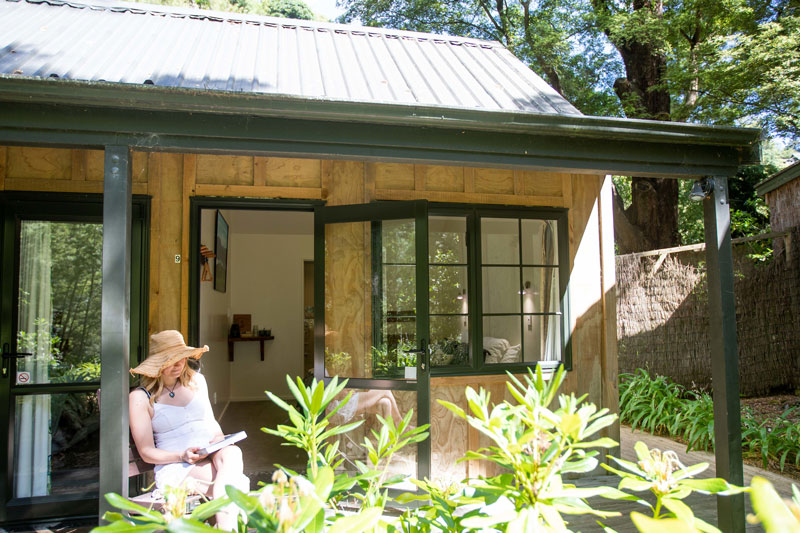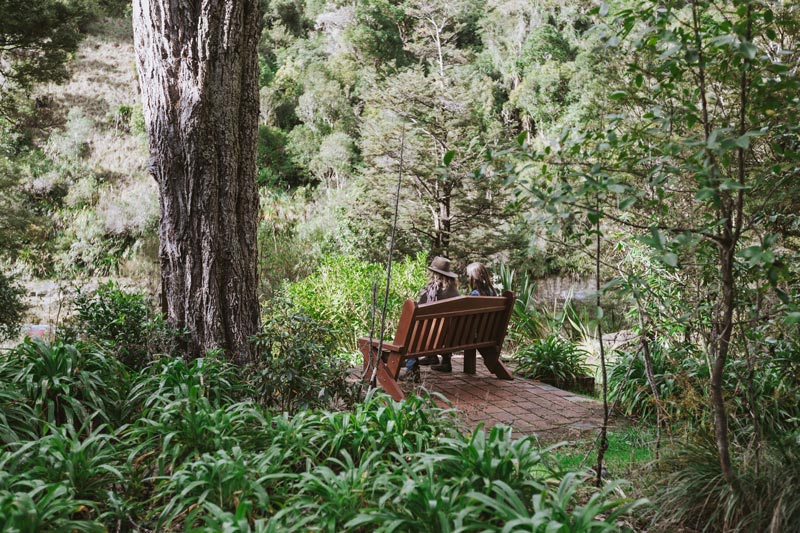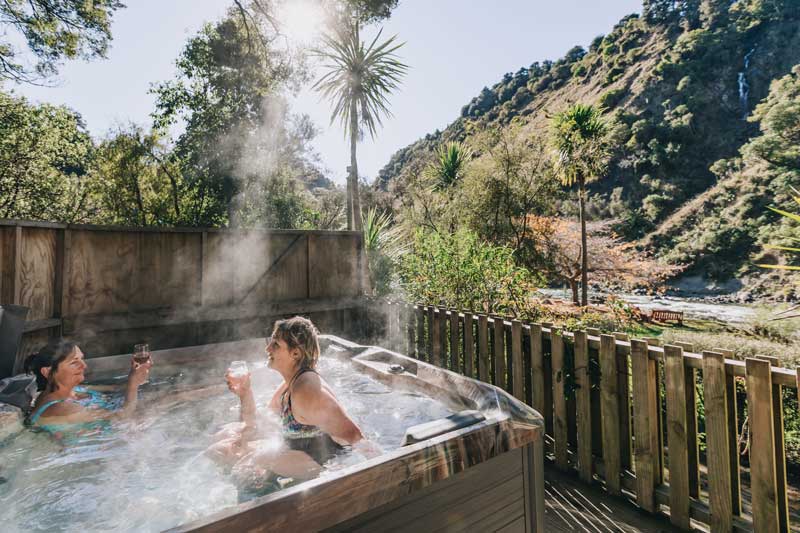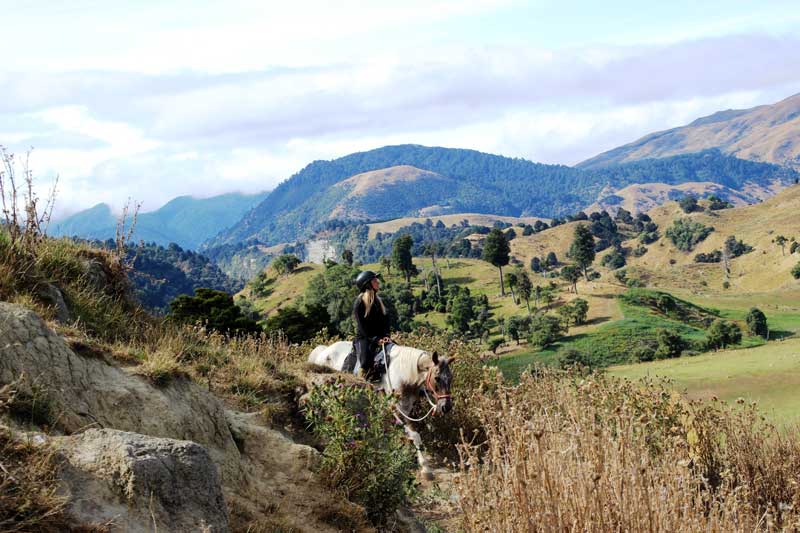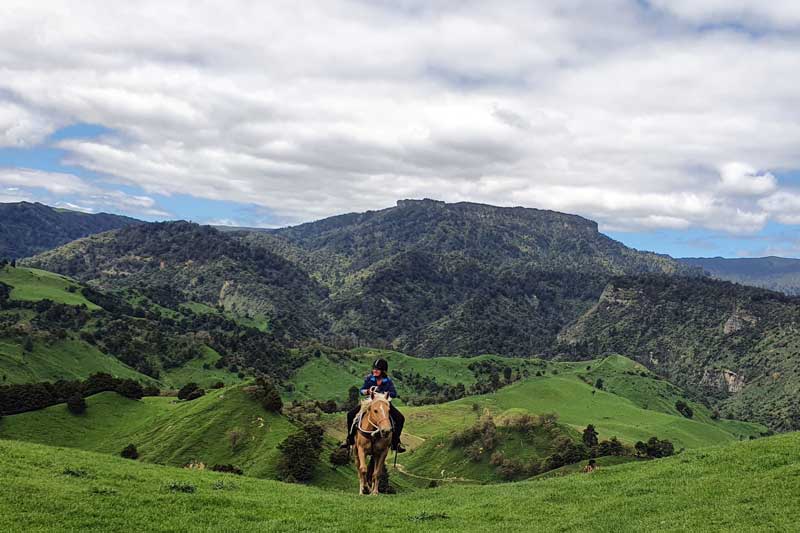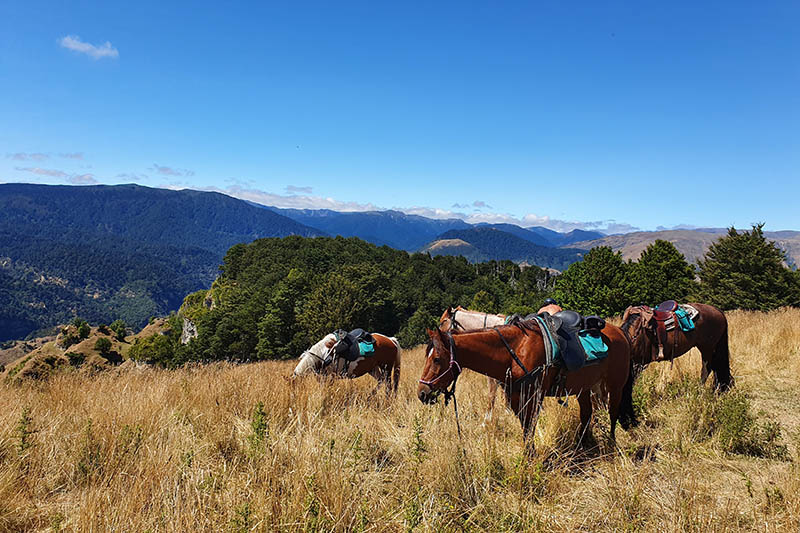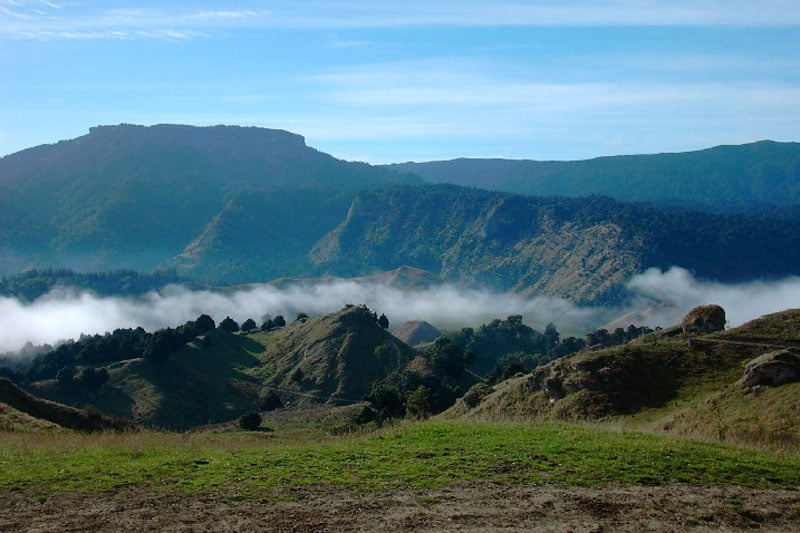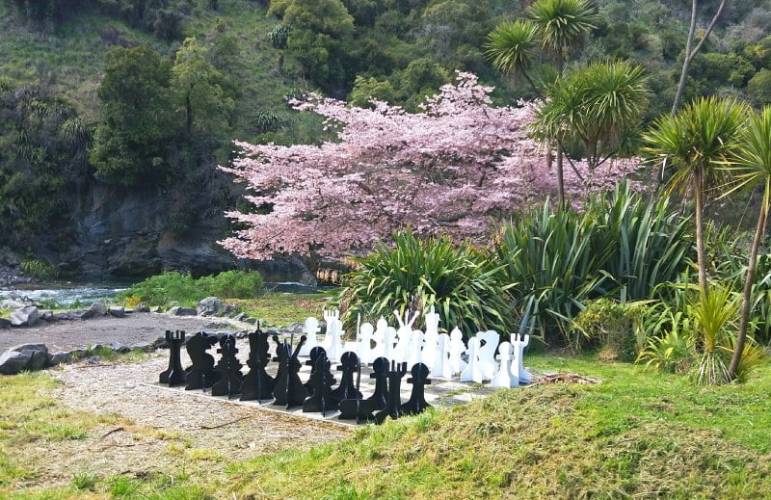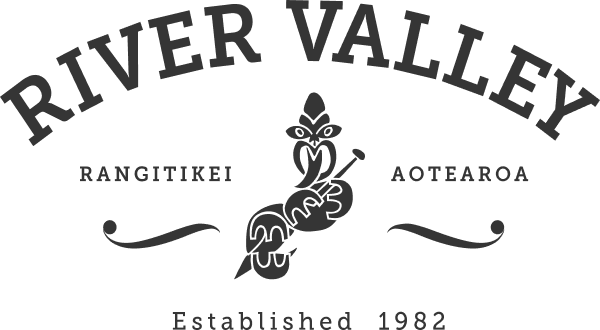Flight of the Kiwi
The Kiwi, the native bird used as a symbol of Aotearoa/New Zealand, cannot fly. It lost the use of its wings millions of years ago as it adapted to the unique conditions it found on this isolated landmass.
And yet I saw 10 Kiwi fly.
This occasion happened at an event on the 12th of December 2022 at the end of Mokai Road, east of the central North Island town of Taihape. An event, as I understand it, 15 years in the making. The birds had already undertaken a three hour trip from The Cape Sanctuary when we met them.
The Cape Sanctuary was set up in 2006 when 2500 hectares of farmland, with exotic and native forest, was fenced with a 10.5 km long predator-proof fence on the Cape Kidnappers Peninsula in Hawkes Bay. This private sanctuary was established and funded by the Lowe family and philanthropist Julian Roberston. A large number of volunteers, in addition to paid staff, help run the operation, plant thousands of native trees each year and care for its inhabitants. It is a model for conservation within Aotearoa/New Zealand, demonstrating what is possible when there is the will and financial resources.
Since the sanctuary first opened, 18 different native species have been introduced, while others have found their way there by themselves. All these species are successfully breeding and, in some instances, recolonising areas outside the fence. A trapping program for introduced predators is carried out within the fence, while a halo of additional traps is placed outside the fence to give those birds nesting outside some protection.
One of those native species within the sanctuary is the eastern Brown Kiwi.
Some of the original Kiwi eggs for the sanctuary came from within the rohe, the area of Mokai Patea. The area of our local Iwi.
The sanctuary uses a method of open breeding where most of the birds are simply left to it to find mates and breed. This practice has been successful. While they may live behind a fence, in every other way, these are wild birds. The sanctuary now has a population of Kiwi that may be as high as 600 birds, with 200 breeding pairs. In other words, the sanctuary can accommodate no more Kiwi.



This is great news for conservation projects in other areas, especially those that originally provided some of the initial stock. In the case of Mokai Patea, the birds are coming home.
With a small group, we met the Kiwi coming home on the morning of the 12th. In a simple ceremony, the birds were greeted and blessed by members of Mokai Patea and a Ratana Church minister. After this, the birds were carried to the waiting helicopter, and for most likely the only time in their lives, they flew. Who said Kiwi could not fly?
They were flown into the Ruahine Ranges to an area with established predator control where they will hopefully mate and have more offspring. Over the next four years, those ten birds will be joined by a further 70 from the sanctuary, in addition to natural increase.
Who knows, within the not too distant future, the call of Kiwi may again echo down the canyon of the Rangitikei River and be heard at River Valley Lodge.
Now wouldn’t that be something?
Brian Megaw

